You don’t have to be a genuine bee keeper to help our native bees. You can create a place for them to thrive right in your backyard garden. First, assess your location. Is your project area in full sun, partial sun or is it fully shaded? Soil drainage also matters, whether it’s average, dry or wet soil. Once you know this, pick the plants that would thrive in that specific environment.
Restoring Wildlife Habitat
Whether you live in urban, suburban or rural areas, you can make a positive impact on surrounding fish and wildlife populations. Our web resources are intended to give you the tools to manage your Piedmont lands and waters for greater biodiversity, productivity, and environmental quality.
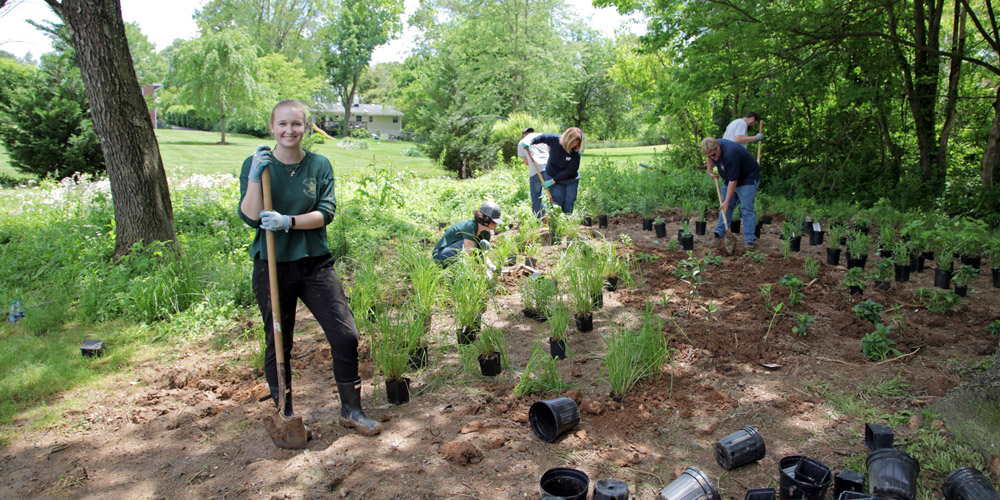
Capturing the Rain: Green Infrastructure Options for HOA Common Areas
Many residents frequent common areas that are managed by homeowners associations, churches, or local governments. How these entities manage their public landscapes can have a profound effect on the health of our local ecosystems, wildlife, streams and drinking water sources. HOA’s in particular have a significant amount of common area that is often just mowed grass.
Video Updates from PEC’s Larson Native Plant Garden
Stay up to date with what’s in bloom at PEC’s Larson Native Plant Garden!
President’s Letter – Spring 2020
Rumor has it, the idea for Earth Day was first announced at the Airlie Conference Center in Fauquier County, spurring a national and international movement to make the environment a major focus. That was 1969, and today, 50 years later, much progress has been made on those initial concerns about air and water pollution, loss of wildlife and endangered species. But, as we are reminded daily, that progress has been offset by population growth and consumption around the world. Arguably, we are overwhelming the earth’s natural systems at a global scale.
A Fish Runs Through It
As the fog broke on a brisk November morning in Madison County, more than three dozen people arrived at the Whiteoak Canyon trailhead ready to celebrate the new, 35-foot, open-span bridge over Cedar Run. They marveled at the sounds of water bubbling over the rocky streambed from the north side of the bridge to the south. Many walked upright beneath the sturdy, brown, steel-framed structure. And all excitedly searched the deep pools for our guests of honor—the native brook trout, a species of concern on Virginia’s Wildlife Action Plan.
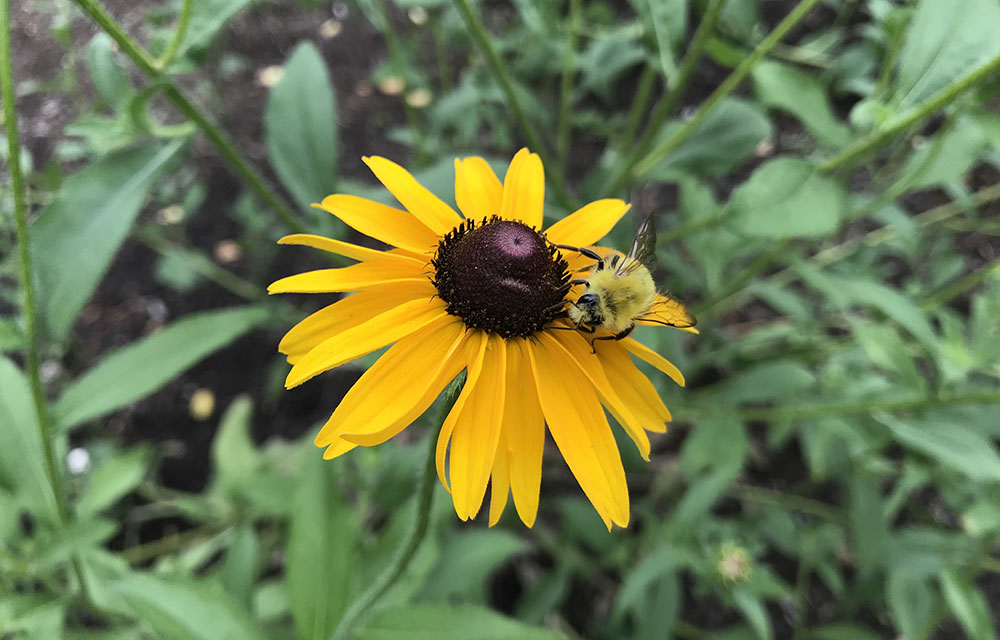
What’s That Pollinator?
It’s the time of year when butterflies and bees are starting to flutter around the Larson Native Plant Garden at PEC’s Warrenton office. Last spring, we began studying those fluttering insect pollinators, and have some initial data to share with you.
Tips for Providing Winter Wildlife Habitat
Winter can be tough on all of us, including our native wildlife. During the freezing temperatures and heavy snowfalls, we can swing by the grocery store before a winter storm and stay cozy in our warm homes. But wildlife are out in the harsh weather, trying to survive the season with dwindling resources.
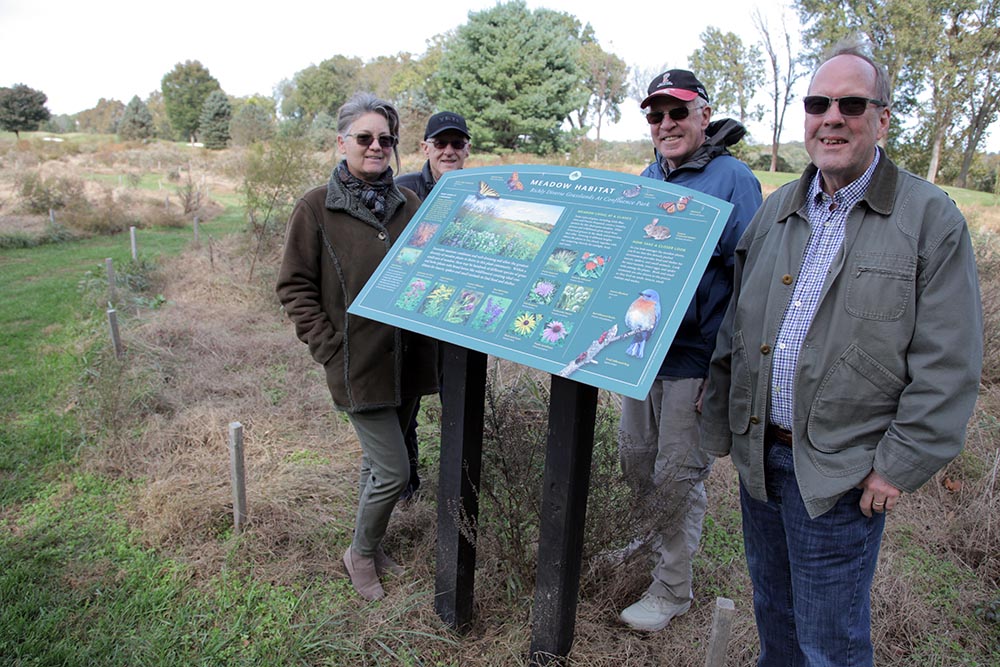
Common Space for the Greater Good
Over 60 percent of Loudoun residents, live in a Homeowners Association-controlled community. How these communities manage their landscapes can have a profound effect on the health of our local ecosystems, wildlife, streams and drinking water sources.
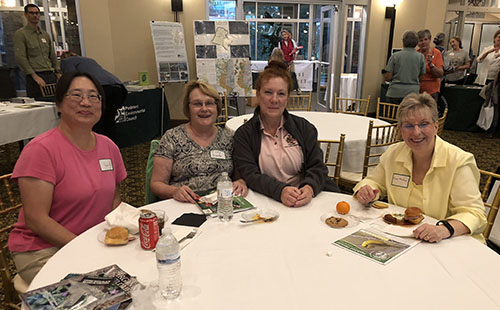
Loudoun HOA communities share and discover practical steps for healthier landscaping
The second Homeowners Association (HOA) forum, “Common Space for the Greater Good,” was held on October 11, 2018 and attended by nearly 100 guests representing 33 HOA communities.
“Practical Steps for Healthier Landscapes” was the second installment of Loudoun HOA programs organized by The Piedmont Environmental Council (PEC) and partners. This forum was co-hosted by Loudoun Wildlife Conservancy (LWC), the Northern Virginia Partnership for Invasive Species Management (NoVA PRISM), and the Virginia Department of Game and Inland Fisheries’ Habitat Partners© Program (VDGIF).
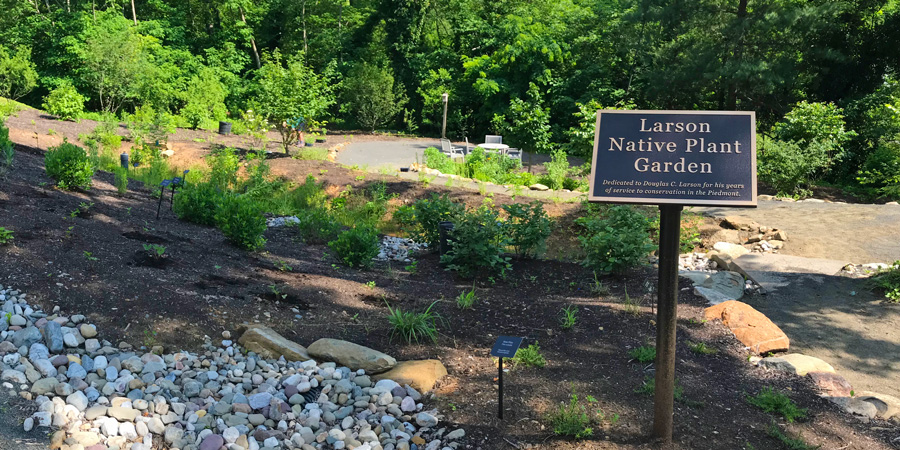
The Larson Native Plant Garden
“We want the land to serve as a showcase for future workshops to educate the public on the use of natives to create backyard habitat,” said Larson.
